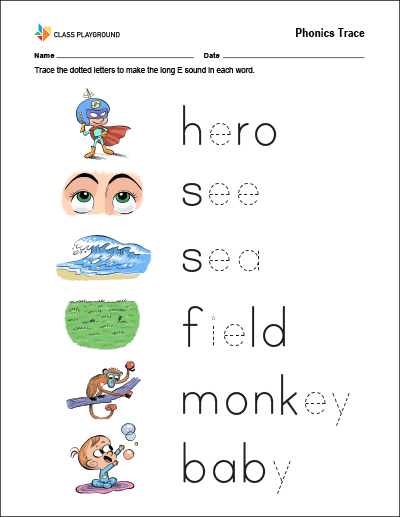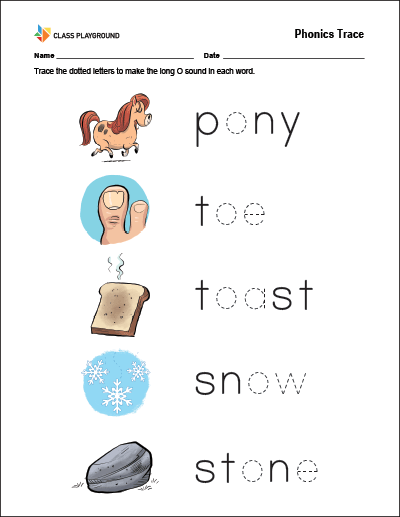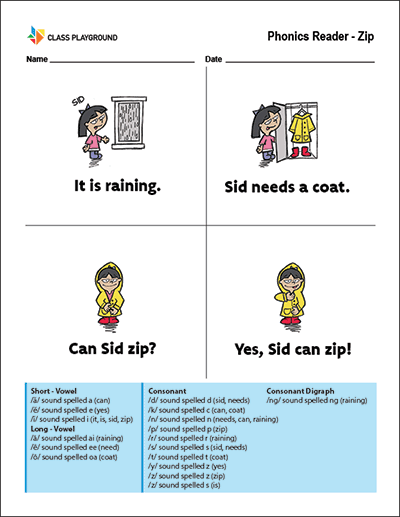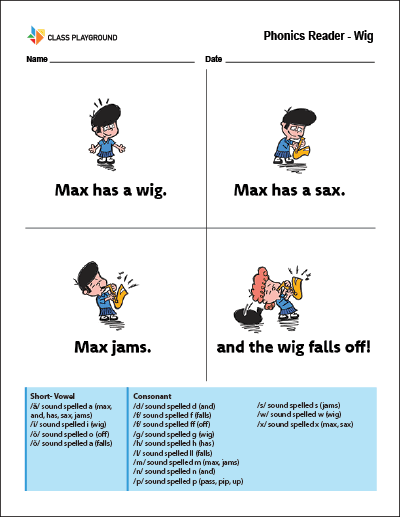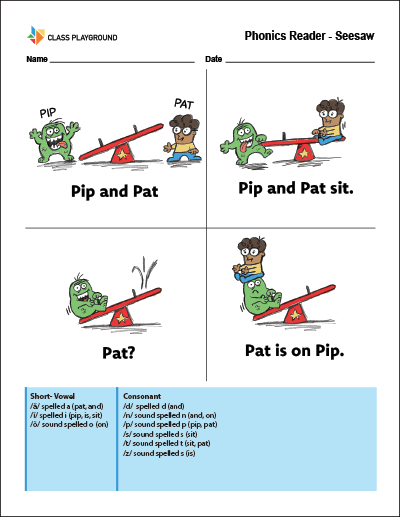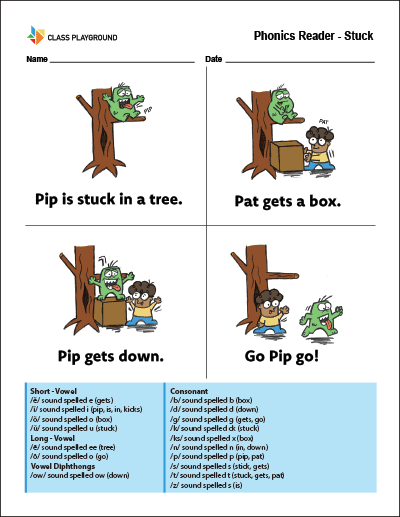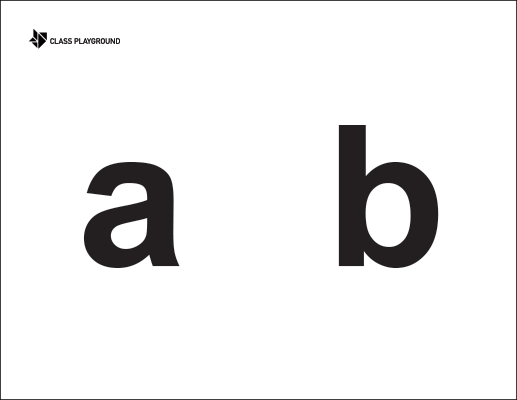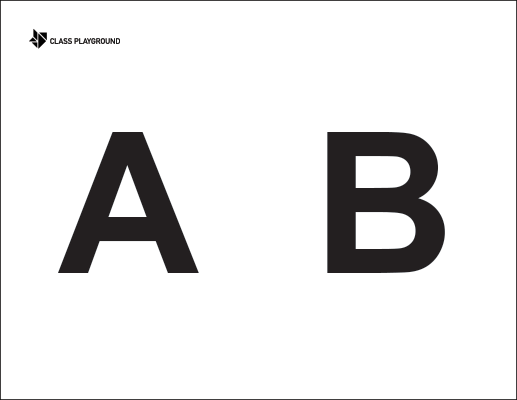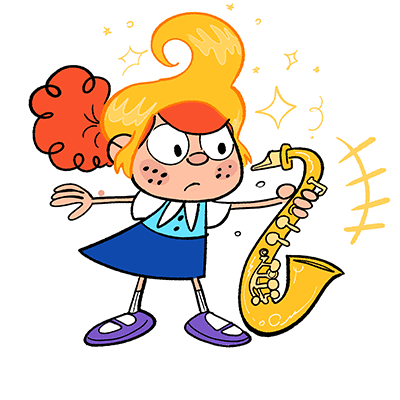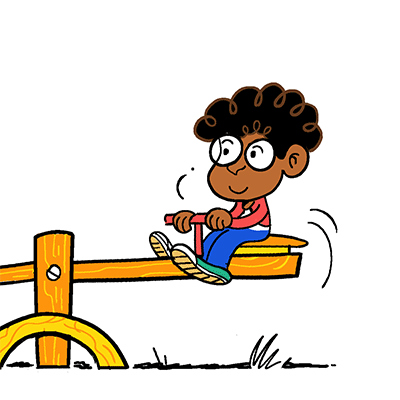What is Phonics?
Phonics is the knowledge of how sounds are represented by individual letters or groups of letters. (D makes the sound/d/. Oa makes the /ō/ sound in “goat.”) Phonics links phonological awareness — the understanding of how speech is broken down into sentences, words, word parts, and sounds — with written language.
Let’s explore different aspects of phonics and the role phonics plays in reading and writing.
What is the “alphabetic principle?”
The alphabetic principle refers to the understanding that each letter represents a certain sound or sounds, and that letters in words represent spoken sounds in the order they are written. Those who have mastered the alphabetic principle know:
- The written letters F and f represent the /f/ sound.
- The letter F represents the /f/ sound heard in the name Finn.
- The letter f represents the /f/ sound in the middle of the word lift.
What are phonemes and graphemes?
- Phonemes are spoken language sounds. The English language has about 44 distinct phonemes.
- A grapheme is written representation of one spoken sound. A grapheme can be one letter or a group of letters (e.g., ck, th).
- Sometimes the numbers of phonemes, graphemes, and letters in a word are the same. For example, “map” has three graphemes (m, a, p) and three phonemes (/m/, /a/, /p/).
- Sometimes the numbers of phonemes, graphemes and letters in a word are different. For example, “chat” has four letters but only three graphemes (ch, a, t) and phonemes (/ch/, /a/, /t/).
The importance of phonics
Phonics lets a reader move from seeing letters on a page to knowing the words they represent. Phonics skills are a means to achieving successful reading and writing. If using print to extract and create meaningful ideas is considered the “house,” phonics can be considered the “foundation.”
Over time, experienced readers come to recognize most words from memory, but phonics still them helps decode unfamiliar words. Try to read these words:
robdinogram
wretackuling
Even though these are made-up words, proficient readers can use phonetic knowledge to read them. Of course, not all words in English follow standard phonics rules. In the second example, you likely used your experience with irregular words like “wreck” to tackle the “wr” beginning.
What is “explicit systematic phonics instruction?”
This phrase is widely used to talk about the type of phonics instruction shown by research to be most effective. Explicit and systematic phonics instruction:
- Requires that a teacher tell students in simple and straightforward language how letters and sounds work (“B makes the sound /b/, like in bat.”)
- Does not ask students to guess or try to figure out the sounds letters make
- Presents letters and letter patterns in a strategic sequence
- Encourages students to practice using letters and sounds to spell and read words
(Explicit and systematic phonics instruction typically includes teaching at least one short vowel sound early in the instructional sequence so students can begin making and reading words. For example, once the sounds of m, t, p, and a are taught, students can practice reading and spelling mat, map, pat, pam, etc.)
Activity
Games with nonsense words are a fun way to review knowledge of letter sounds and patterns that have been taught. Here’s what to do:
- Write nonsense words on cards or in the squares on a Tic-Tac-Toe board. Only use letters or patterns a student knows.
- Some sample words include: rit, dup, min, taz, zet, grud, clim, spod, trob. (You can find many lists of additional 3-and-4 letter nonsense words online.)
- Play Memory, Go Fish, or Tic-Tac-Toe with the words. Read each word as it is used in the game.

